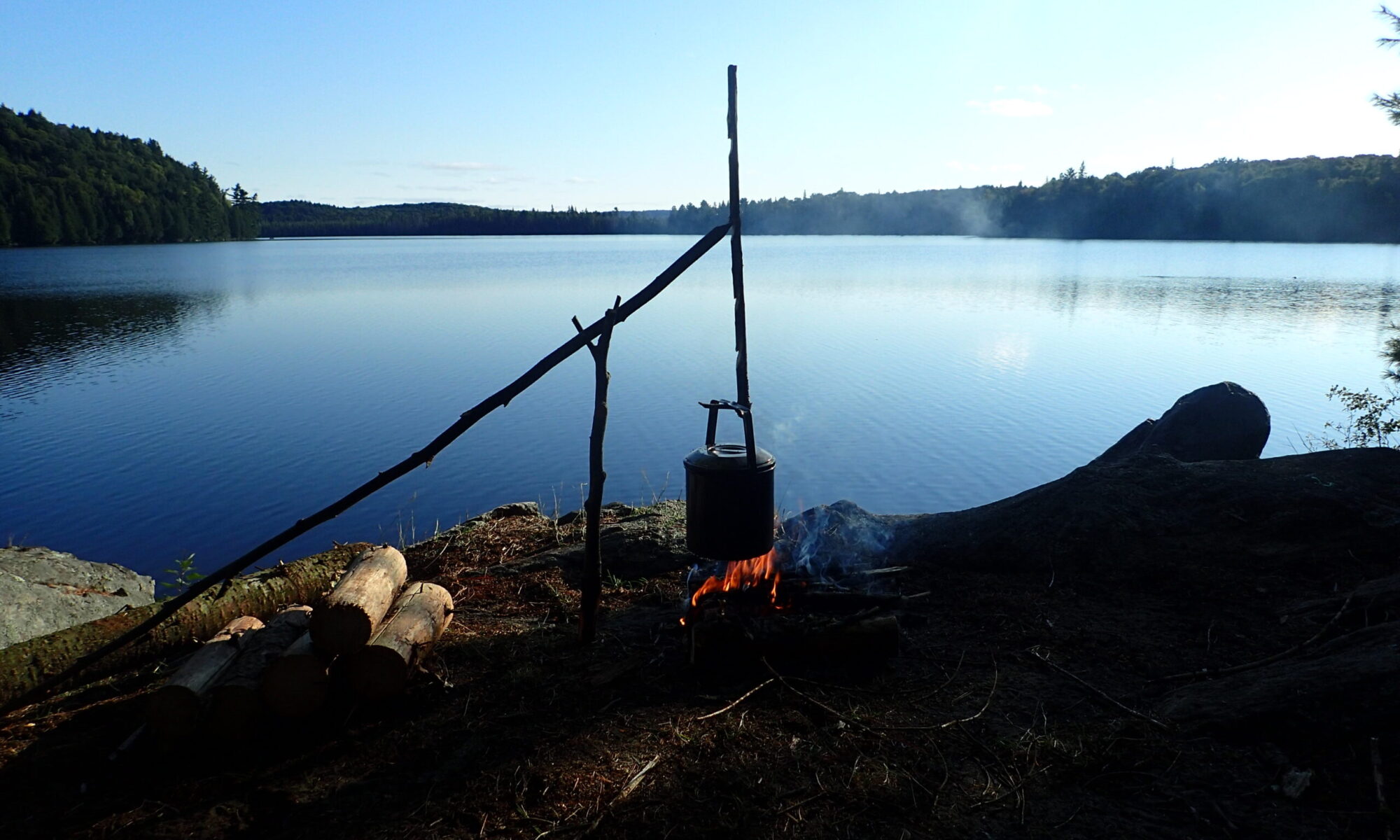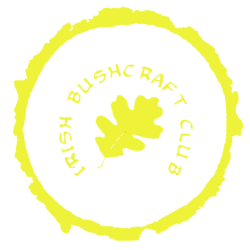Sometimes its hard to define bushcraft. Often people talk about some skills which may be considered “Not bushcraft”. Lets say for instance the use of tents when most people who practice bushcraft use a tarp or sleep in natural shelter. However just because someone sleeps in a tent doesn’t mean they aren’t studying bushcraft. It’s something we have discussed in the club when it came to arguments for and against standardisation and certification of the activity. Thats why many of us prefer to have bushcraft undefined as an activity. Its simply a study of our natural environment and covers so many topics that it probably it should be left that way.
This point brings me to our last outting. Which was a forging/blacksmithing weekend. Although you could consider it outside the scope of bushcraft. Forging is a study of materials also. These materials produce the tools which we use in the activity. Thus the study of how these tools were made in a more primitive semi-environment gives us an understanding of both the tool and the process. So you could consider it bushcraft. This gives you a better understanding of something and a deeper appreciation of how a tool is made. So you begin to treasure your tools more, especially when you make them yourself.
We spent last weekend forging knives, steel flint strikers and axe heads
The start of a flint striker


Shaping the bevel on a neck knife

Improvised forge

The beautiful glow of a steel striker in a forge. Almost ready for hardening

Beginings of an axe head improvised from scrap metal

Finished neck knife.

Bushcraft is all about improvising. Its about the journey from the start of a project to its end. Buying a knife is easy but learning how to craft one, whether it be from primitive or modern material. Really gives you an appreciation of things you wouldn’t normally think twice about buying
Happy Christmas from the bushcraft club

